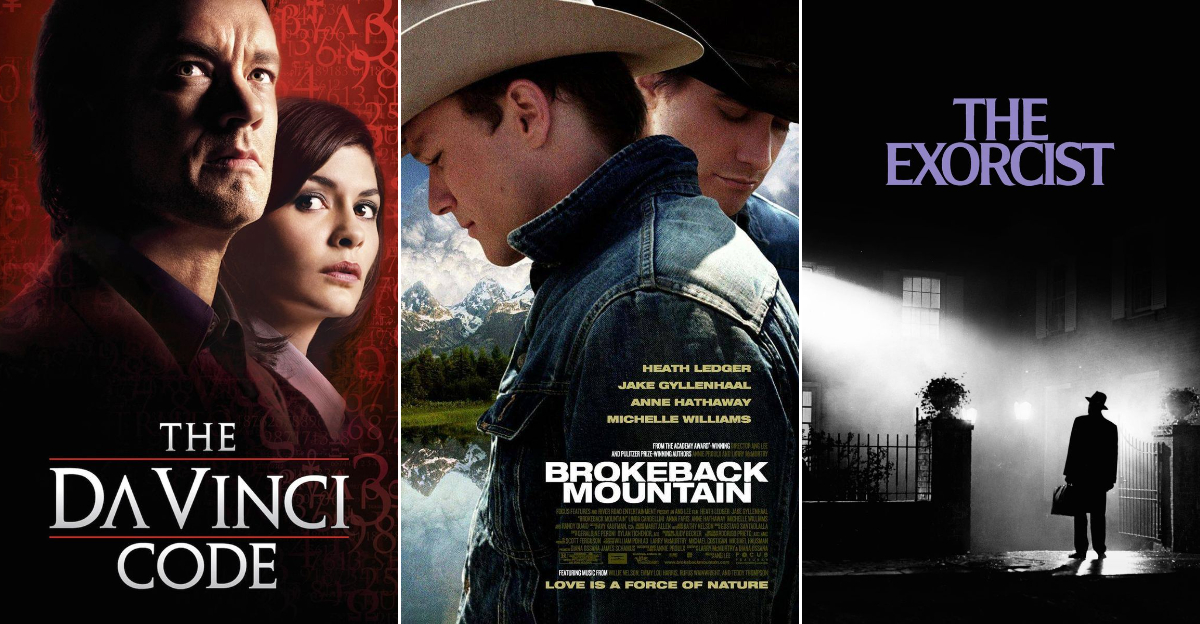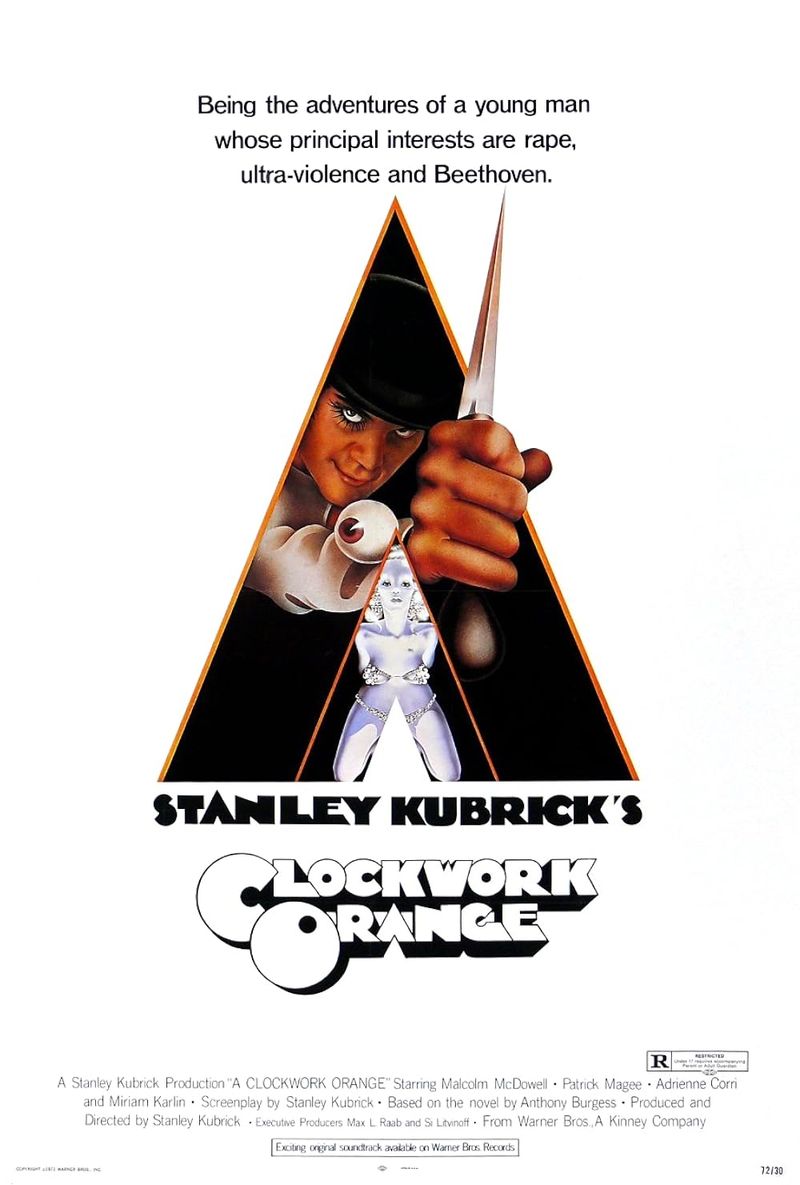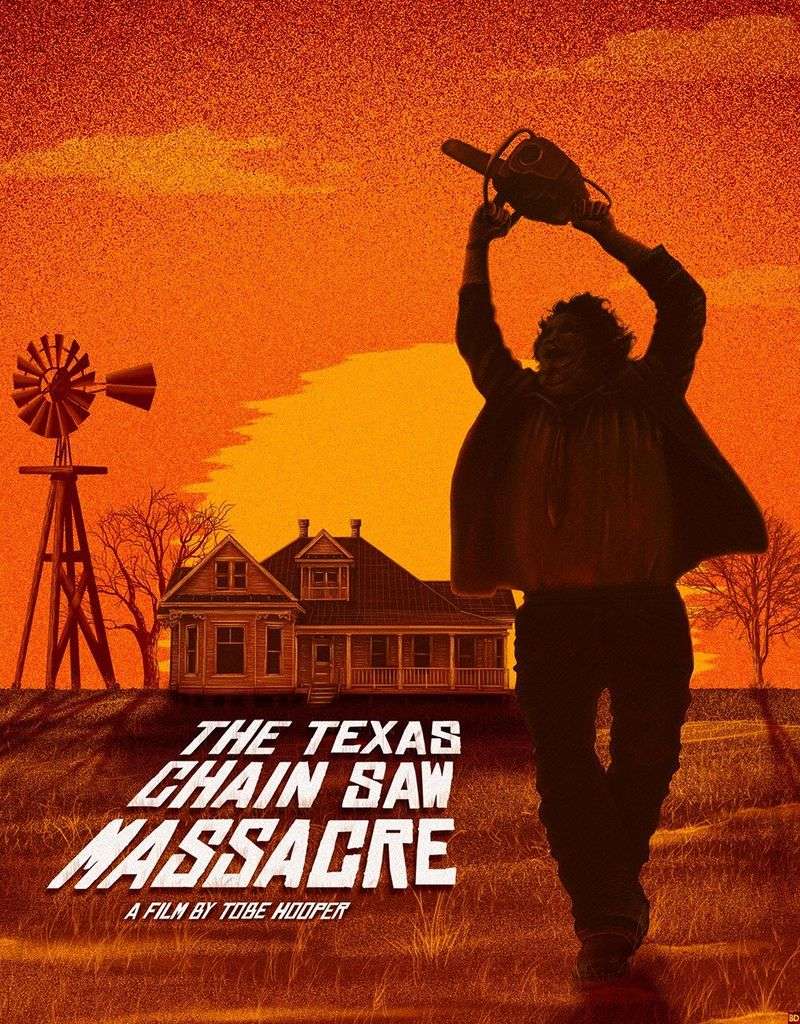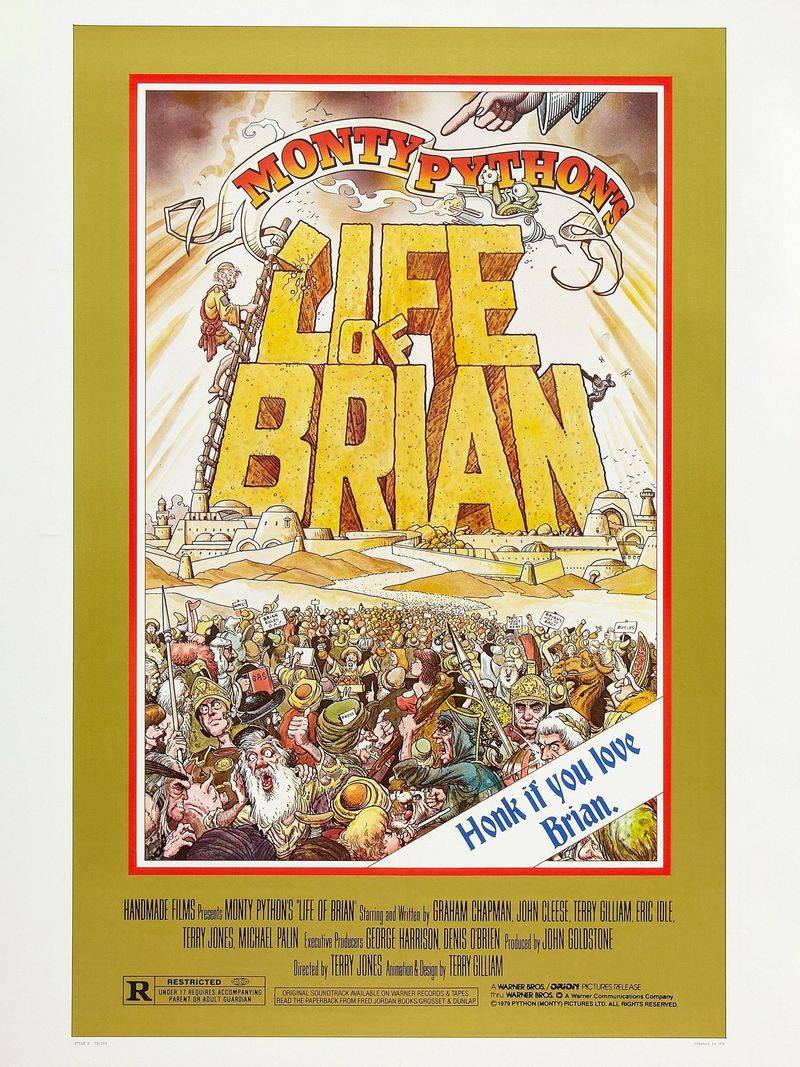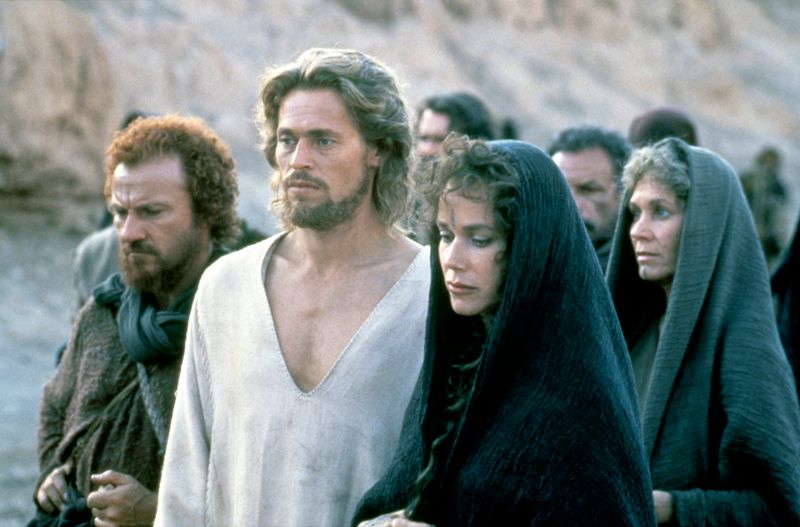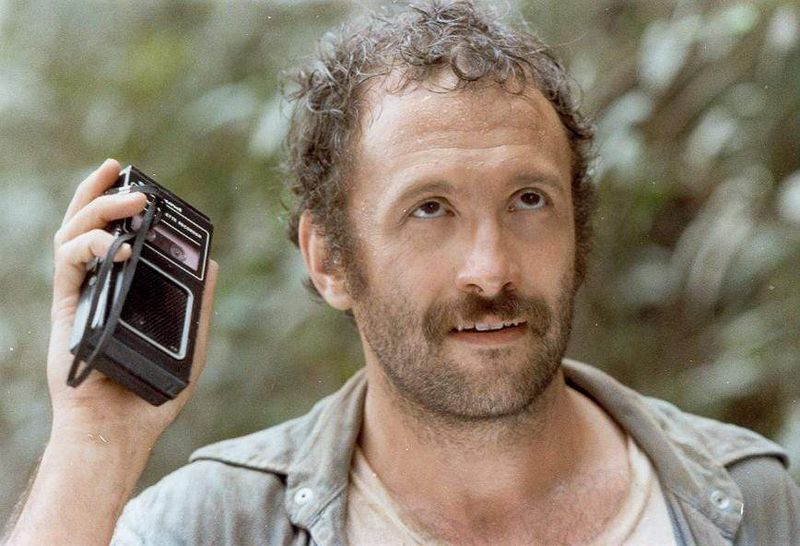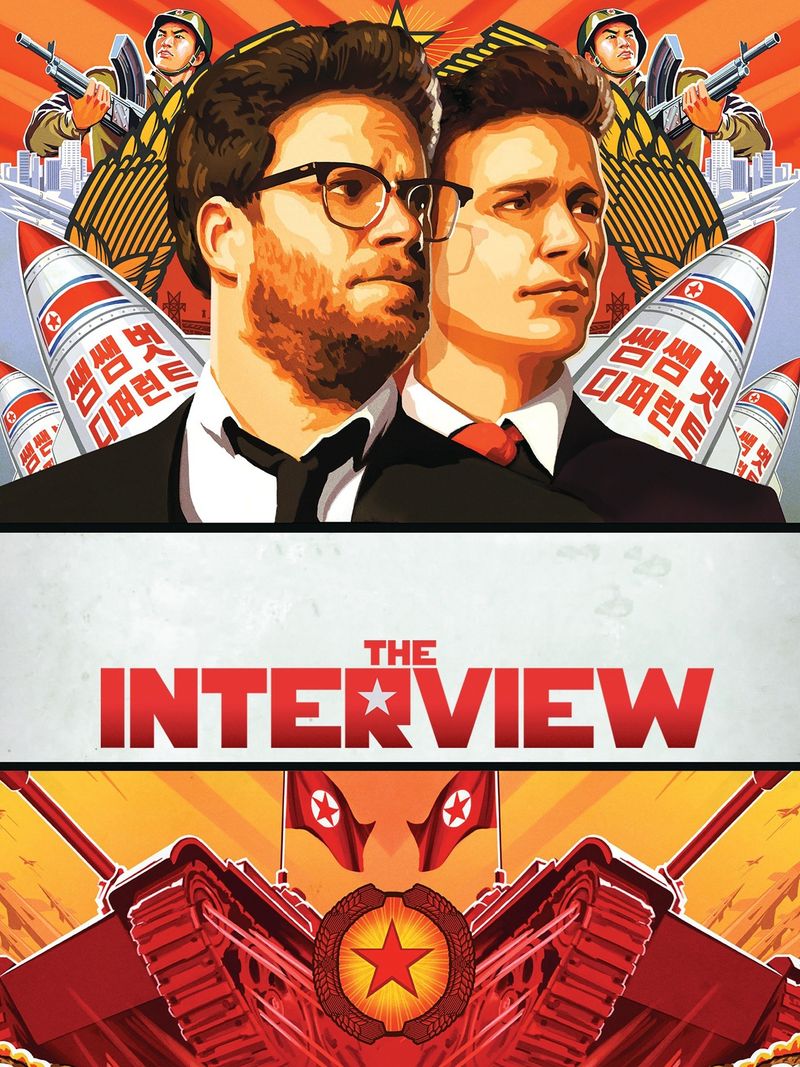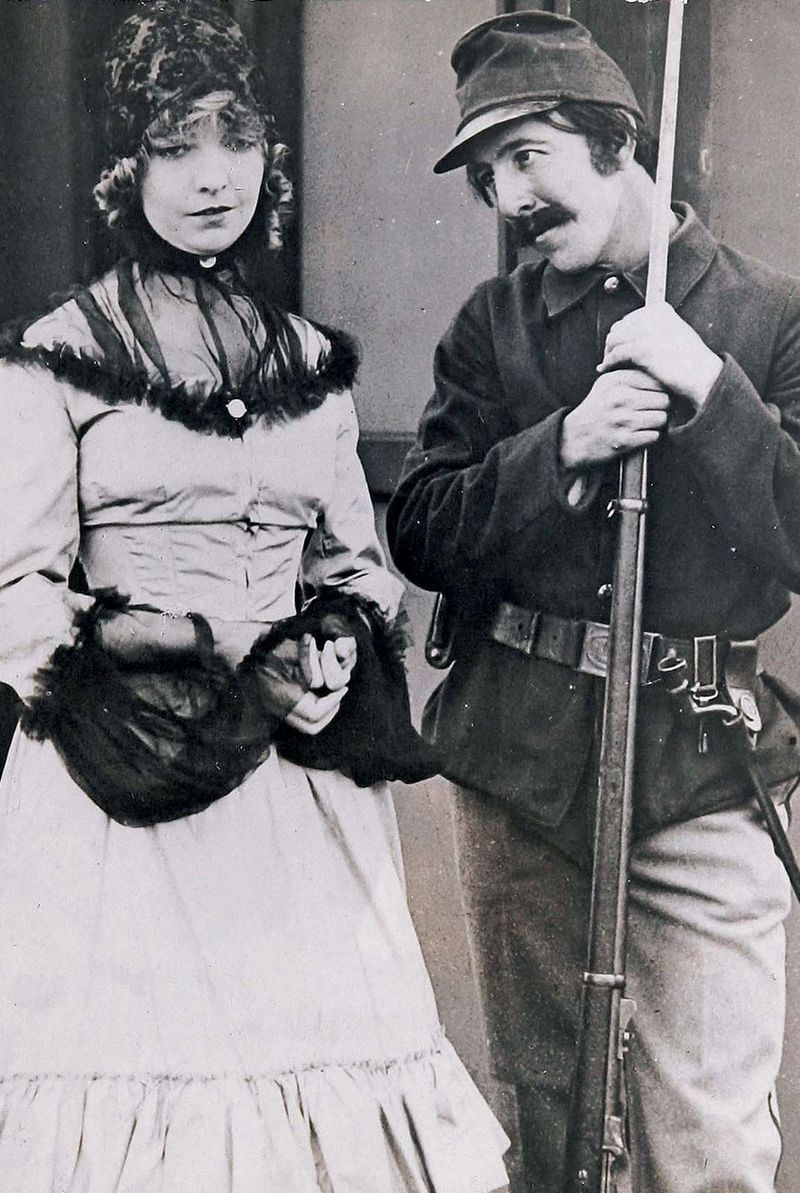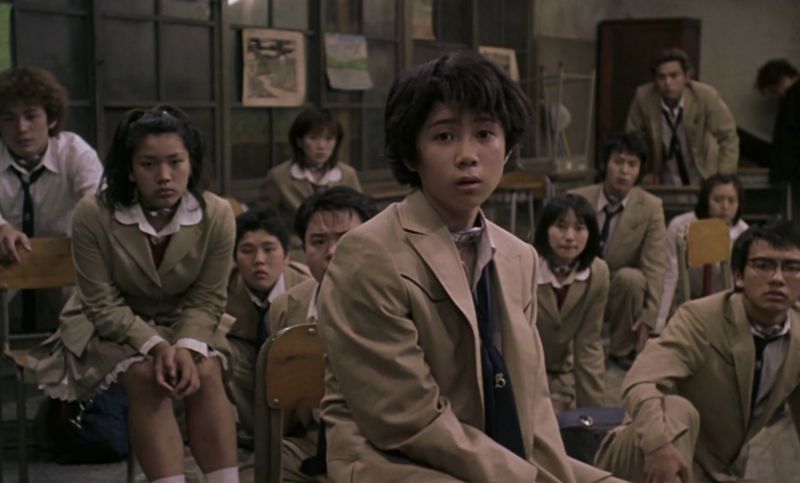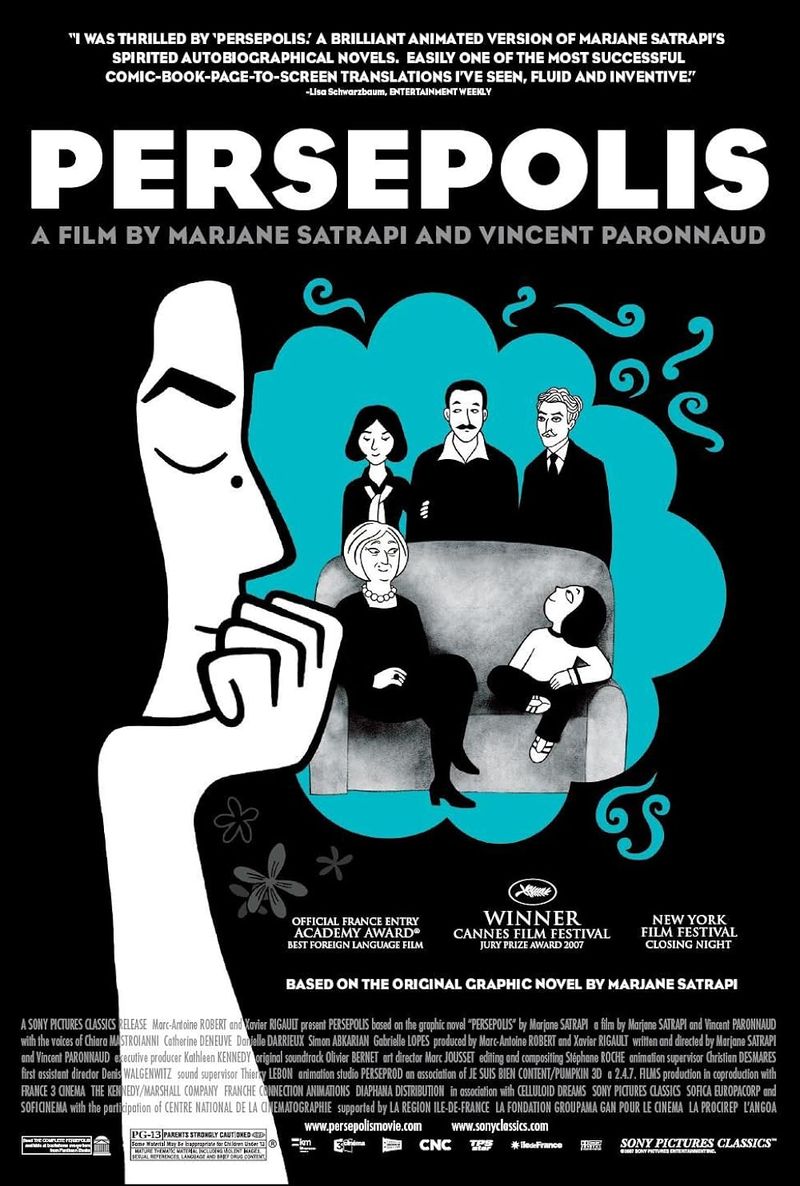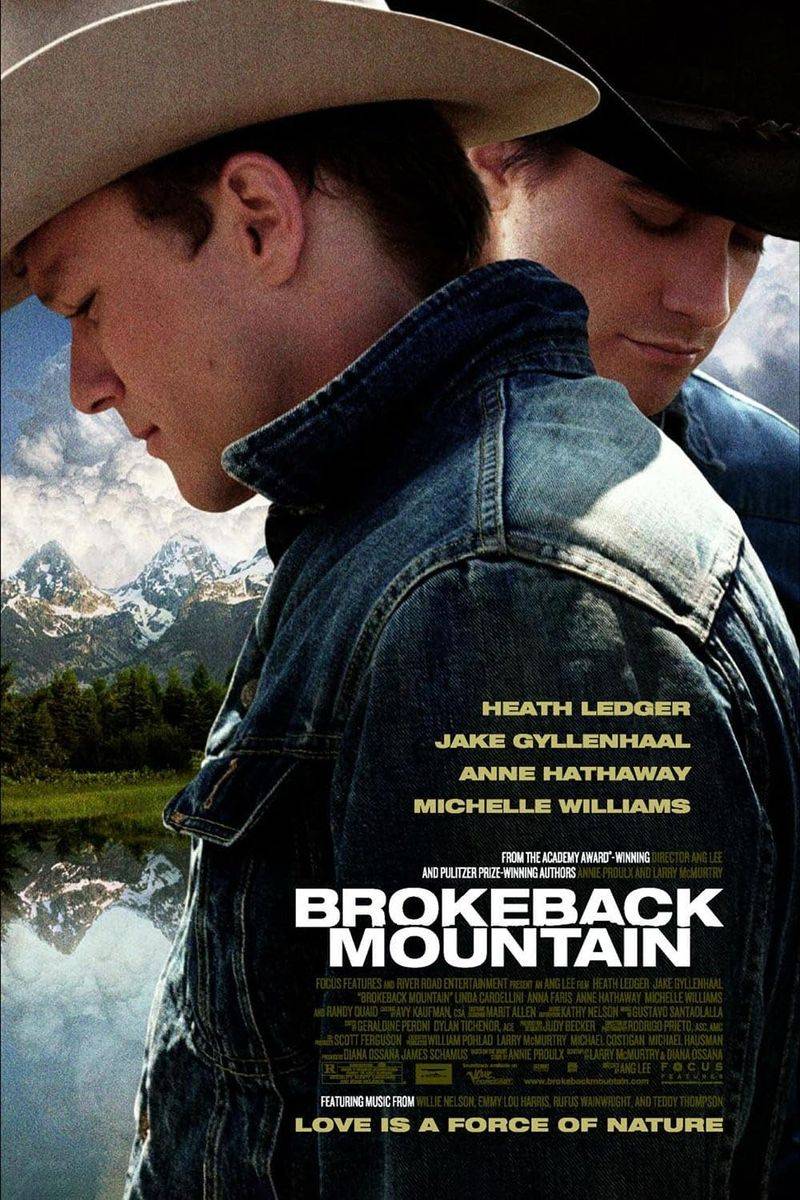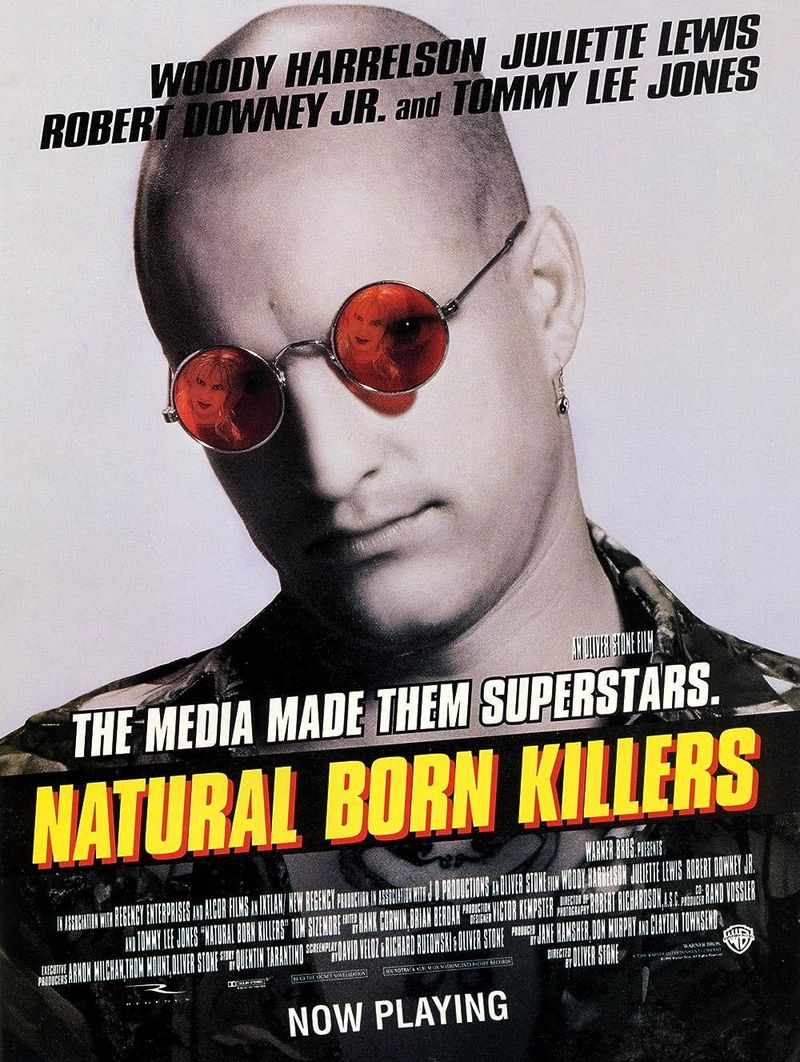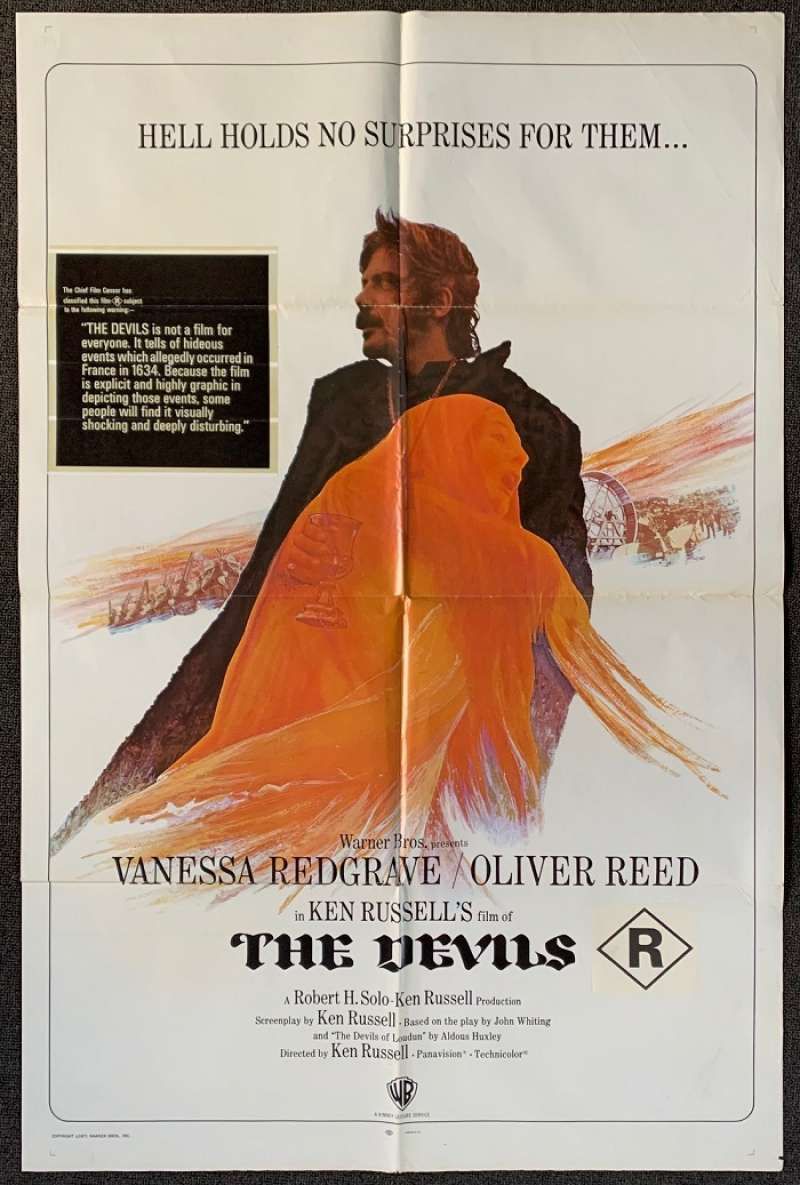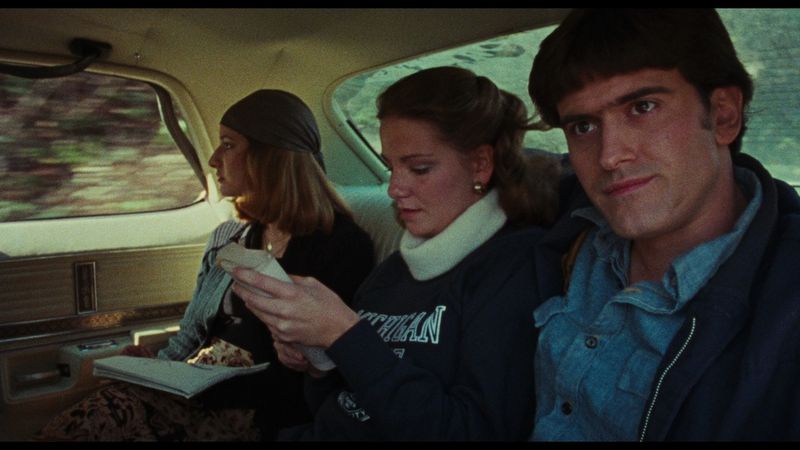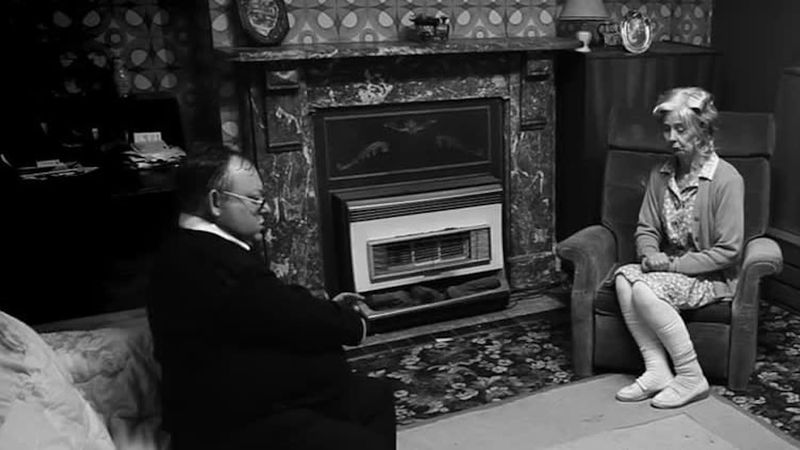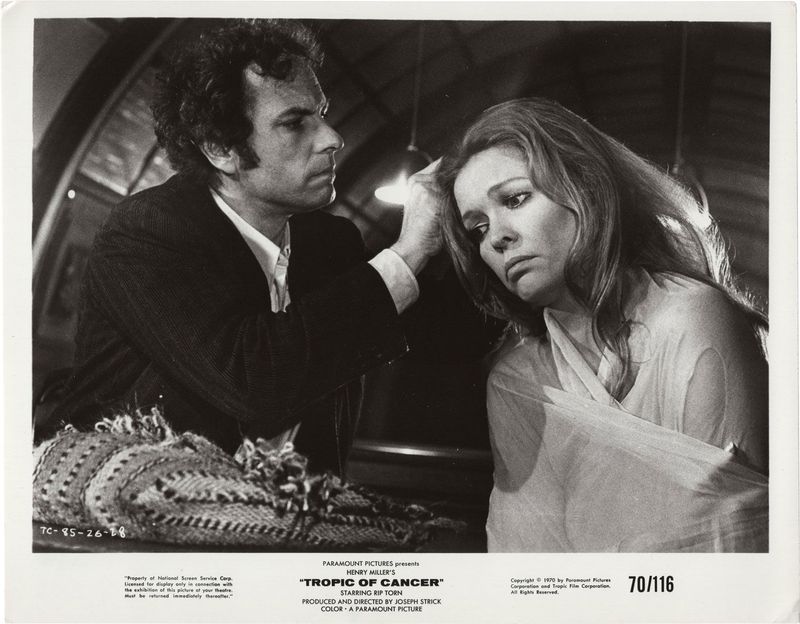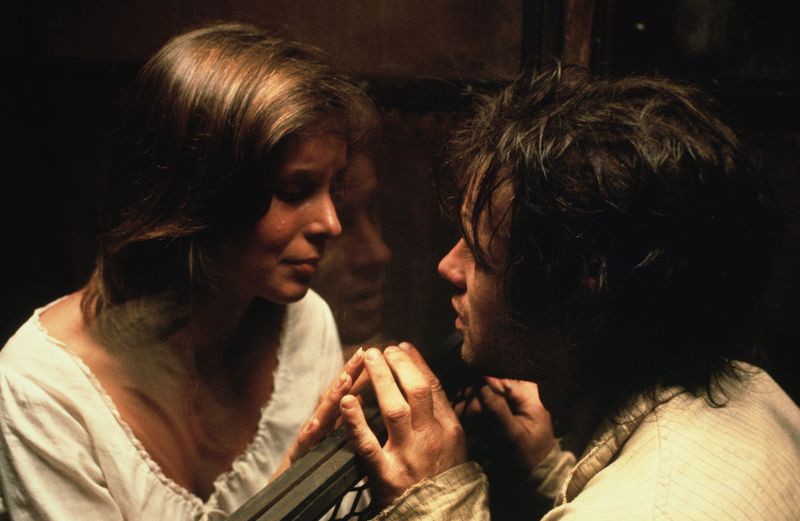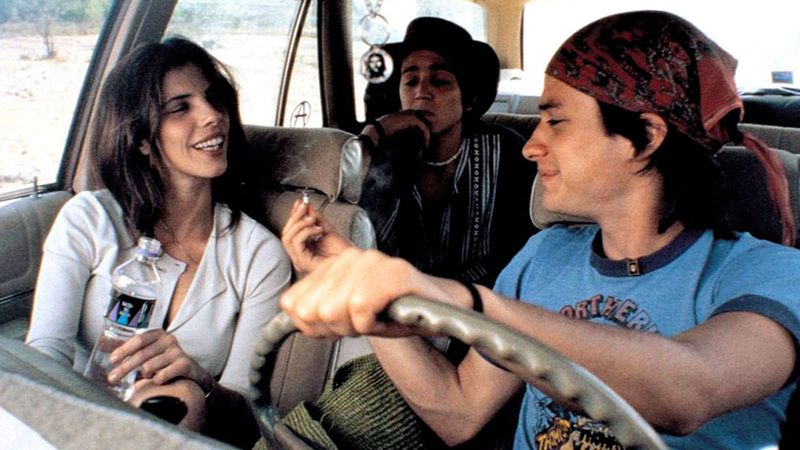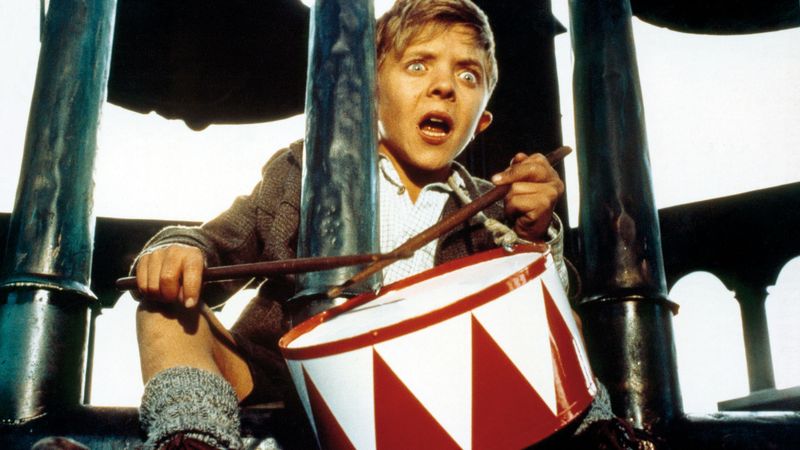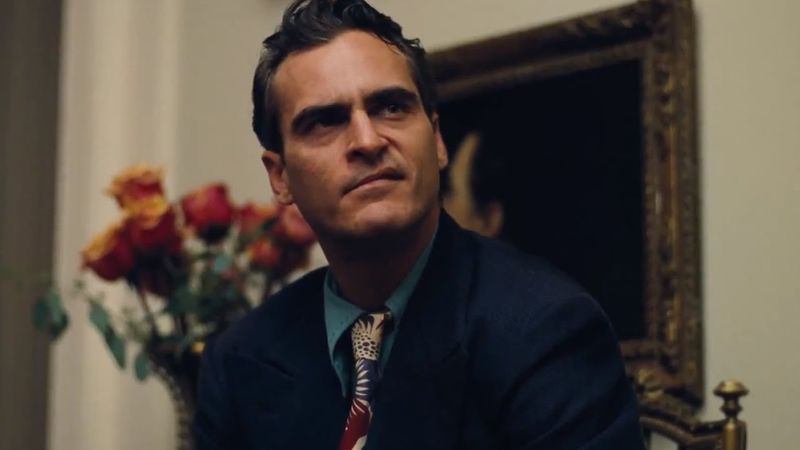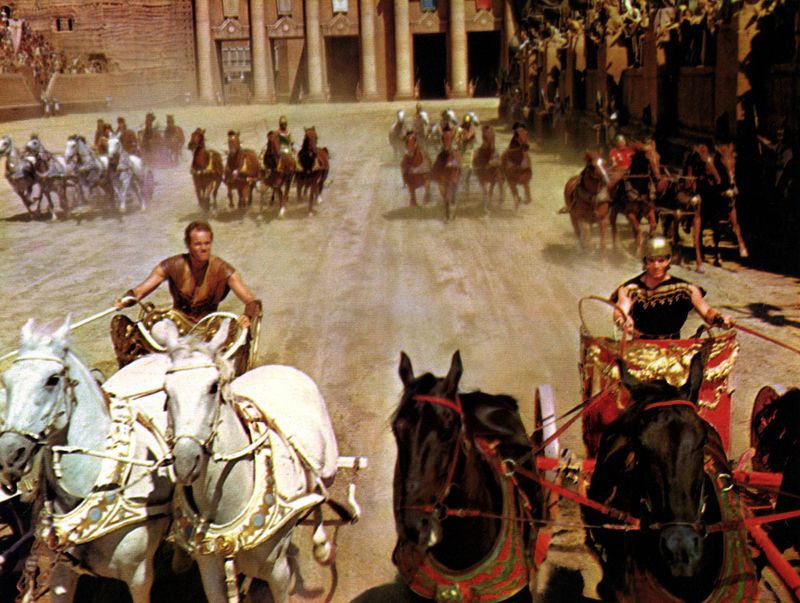Movies have always been a reflection of society, culture, and the imagination. However, some films push boundaries, leading to controversies that result in bans across different countries.
This list explores 31 legendary movies that were so controversial they found themselves banned. From graphic violence to religious blasphemy, these films have made headlines and challenged norms, sparking debates on censorship and artistic freedom.
Let’s delve into this captivating world of cinema where controversy reigns supreme.
1. A Clockwork Orange (1971)
A Clockwork Orange, directed by Stanley Kubrick, explores a dystopian future ridden with violence. The film’s intense depiction of ‘ultra-violence’ and its psychological undertones led to its ban in the UK by Kubrick himself.
This decision followed reports of copycat violence, causing public outcry. Featuring a chilling performance by Malcolm McDowell, the movie dives into themes of free will and societal control.
Its controversial nature has made it a subject of debate among critics and audiences alike, challenging viewers to ponder the ethical boundaries of storytelling.
2. The Exorcist (1973)
The Exorcist, directed by William Friedkin, is hailed as one of the scariest films ever made. It’s infamous for its disturbing religious themes, which led to bans in parts of the UK and Singapore.
The story of a young girl’s demonic possession and the subsequent exorcism explores faith, fear, and the supernatural. Audiences were both captivated and horrified, with some reports of fainting and nausea during screenings.
The film’s impact on horror cinema is undeniable, challenging societal perceptions of evil and faith.
3. The Texas Chain Saw Massacre (1974)
Tobe Hooper’s The Texas Chain Saw Massacre is a landmark in horror cinema, known for its raw and relentless portrayal of terror. Banned in multiple countries, its visceral depiction of violence and horror shocked audiences worldwide.
The film follows a group of friends who fall victim to a family of cannibals in rural Texas. Its gritty realism and relentless pace create an atmosphere of dread that has influenced countless horror films.
4. Monty Python’s Life of Brian (1979)
Life of Brian, crafted by the iconic Monty Python comedy troupe, drew controversy for its satirical take on religious themes. Banned in Ireland, Norway, and parts of the UK, it humorously explores the life of a man mistaken for the Messiah.
The film’s sharp wit and irreverent humor sparked debates on blasphemy and freedom of expression. While some saw it as offensive, others praised its clever critique of religious dogma and societal norms.
5. The Last Temptation of Christ (1988)
Martin Scorsese’s The Last Temptation of Christ presents a controversial portrayal of Jesus, exploring his human struggles and divine mission. Banned in several countries, the film delves into themes of faith, temptation, and redemption.
Its unconventional narrative sparked outrage among religious communities, leading to protests and bans.
6. Cannibal Holocaust (1980)
Ruggero Deodato’s Cannibal Holocaust is notorious for its graphic violence and unsettling realism. Banned in over 50 countries, it pushed boundaries with its brutal depiction of cannibalism and indigenous tribes.
The film’s controversial nature led to the director’s arrest, as authorities believed actual deaths were filmed. Though meant as a critique of sensationalist media, its extreme content overshadowed its message.
7. Salò, or the 120 Days of Sodom (1975)
Pier Paolo Pasolini’s Salò, or the 120 Days of Sodom, is an unflinching depiction of power and depravity. Banned in several countries, its graphic violence and sexual content shocked audiences.
The film, based on the works of Marquis de Sade, explores themes of corruption and moral decay amidst the backdrop of fascist Italy. Its relentless portrayal of human degradation sparked outrage and debate, marking it as one of the most controversial films in history.
8. The Interview (2014)
The Interview, directed by Seth Rogen and Evan Goldberg, is a satirical comedy that reached international headlines due to its controversial plot. Banned in North Korea, the film portrays a fictional assassination plot against the country’s leader.
Its release led to cyber threats and heightened tensions, causing it to be pulled from cinemas temporarily.
9. The Birth of a Nation (1915)
D.W. Griffith’s The Birth of a Nation is both a cinematic milestone and a source of controversy. Banned in some U.S. cities, the film is criticized for promoting racism and glorifying the Ku Klux Klan.
Its groundbreaking techniques in storytelling and cinematography are overshadowed by its offensive racial stereotypes. The film sparked protests and debates on race and representation in media.
10. Battle Royale (2000)
Battle Royale, directed by Kinji Fukasaku, is a gripping tale of survival and societal collapse. Banned or restricted in some countries, the film’s depiction of extreme violence involving schoolchildren shocked viewers.
Set in a dystopian future, it follows students forced to fight to the death, exploring themes of authority, rebellion, and human nature. Its intense action and moral dilemmas have resonated with audiences, influencing popular culture and inspiring similar narratives.
11. Persepolis (2007)
Persepolis, an animated film by Marjane Satrapi and Vincent Paronnaud, offers a poignant look into the Iranian Revolution through the eyes of a young girl. Banned in Iran, it critiques the Islamic regime and its impact on personal freedoms.
The film’s unique visual style and heartfelt narrative resonate with audiences, exploring themes of identity, resilience, and cultural conflict.
12. The Da Vinci Code (2006)
Ron Howard’s The Da Vinci Code, based on Dan Brown’s bestseller, sparked controversy with its provocative take on religious history. Banned in some Muslim-majority countries, the film’s depiction of secret societies and alternative religious narratives raised eyebrows.
The story follows a symbologist uncovering hidden truths within Christianity, challenging established beliefs. Its combination of mystery, suspense, and controversial themes captivated audiences, fueling debates on faith and fiction.
Despite the bans, it became a blockbuster success, sparking interest in conspiracy theories and religious history.
13. Brokeback Mountain (2005)
Ang Lee’s Brokeback Mountain tells the poignant story of forbidden love between two cowboys. Banned in China and other conservative countries, its LGBTQ+ themes challenged societal norms.
The film’s beautiful cinematography and powerful performances resonated with audiences, portraying love’s complexities and societal constraints. Its critical acclaim and cultural impact sparked discussions on representation and acceptance.
Despite facing censorship, Brokeback Mountain remains a landmark in cinema, celebrated for its honest depiction of love and identity. Its enduring legacy continues to inspire conversations on diversity and inclusion.
14. Fahrenheit 9/11 (2004)
Michael Moore’s Fahrenheit 9/11 is a provocative documentary that critiques the U.S. government’s response to the September 11 attacks. Heavily censored or banned in some Middle Eastern countries, its political content sparked controversy.
The film’s bold narrative and compelling footage offer a critical lens on American politics, war, and media. Its impact resonated globally, fueling debates on freedom of speech and the role of documentary filmmaking in shaping public opinion.
Despite the bans, Fahrenheit 9/11 remains a significant work, celebrated for its fearless approach to political discourse.
15. Blue is the Warmest Color (2013)
Blue is the Warmest Color, directed by Abdellatif Kechiche, explores the passionate relationship between two young women. Banned or restricted in several countries due to explicit sex scenes, the film garnered both acclaim and controversy.
Its raw depiction of love and identity resonated with audiences, highlighting the complexities of human connection.
16. Natural Born Killers (1994)
Oliver Stone’s Natural Born Killers is a satirical critique of media sensationalism and violence. Banned in Ireland and parts of the U.S., it explores the story of two lovers turned serial killers, glorified by the media.
The film’s frenetic style and controversial themes sparked debates on the influence of media on public perception. Its impact on popular culture is significant, inspiring discussions on the ethics of sensationalism and the portrayal of violence.
17. The Devils (1971)
The Devils, directed by Ken Russell, is a controversial film exploring religious and political corruption in 17th-century France. Banned in several countries, its graphic content and religious imagery sparked outrage among audiences.
The film’s unflinching portrayal of power struggles and moral decay challenged societal norms, pushing the boundaries of artistic expression.
18. I Spit on Your Grave (1978)
I Spit on Your Grave, directed by Meir Zarchi, is notorious for its graphic depiction of rape and revenge. Banned in many places, the film’s controversial content provoked debates on violence and feminism.
The story follows a woman’s brutal assault and her subsequent quest for vengeance against her attackers. Its unrelenting portrayal of violence and empowerment sparked discussions on the ethics of revenge and the depiction of women in film.
19. The Evil Dead (1981)
Sam Raimi’s The Evil Dead is a landmark in horror cinema, known for its innovative effects and relentless terror. Banned in Germany and the UK during the “video nasty” crackdown, its graphic content shocked audiences.
The film follows a group of friends in a remote cabin, unleashing demonic forces. Its low-budget ingenuity and intense atmosphere earned it a cult following, inspiring sequels and adaptations.
20. Last Tango in Paris (1972)
Bernardo Bertolucci’s Last Tango in Paris is infamous for its explicit sexual content and emotional intensity. Banned in Italy and other countries, the film explores themes of love, loss, and identity. Its raw portrayal of human desire and vulnerability sparked debates on censorship and artistic expression.
Despite facing backlash, it is praised for its groundbreaking performances and evocative cinematography. Last Tango in Paris remains a significant work in cinema, challenging audiences to confront uncomfortable truths about relationships and self-discovery.
21. South Park: Bigger, Longer & Uncut (1999)
South Park: Bigger, Longer & Uncut, directed by Trey Parker, is a satirical animated film known for its irreverent humor and social commentary. Banned in several countries, its profanity and blasphemy sparked controversy.
The film’s unapologetic approach to taboo subjects challenges societal norms, pushing the boundaries of comedic expression.
22. The Human Centipede 2 (Full Sequence) (2011)
The Human Centipede 2, directed by Tom Six, pushed the boundaries of horror with its graphic and disturbing content. Banned in the UK and Australia, the film’s extreme depiction of bodily horror and psychological terror shocked audiences.
Its controversial nature sparked debates on the limits of horror cinema and the ethics of shock value.
23. The Passion of the Christ (2004)
Mel Gibson’s The Passion of the Christ is a visceral portrayal of the final hours of Jesus’ life. Banned in some countries due to graphic violence and religious controversy, the film sparked debates on faith, suffering, and redemption.
Its intense depiction of historical events and powerful performances resonated with audiences, drawing both praise and criticism.
Despite its contentious reception, it remains a significant work in religious cinema, challenging viewers to reflect on the nature of faith and the human experience. Its impact on popular culture and religious discourse endures.
24. Funny Games (1997/2007)
Funny Games, directed by Michael Haneke, is a suspenseful exploration of violence and media influence. Banned in Malaysia and other countries, the film’s psychological intensity and self-aware narrative challenge viewers’ perceptions of violence.
The story follows a family terrorized by two intruders, blurring the line between fiction and reality. Its unsettling atmosphere and thought-provoking themes provoke discussions on the portrayal of violence in media and its impact on audiences.
25. Tropic of Cancer (1970)
Tropic of Cancer, directed by Joseph Strick, is an adaptation of Henry Miller’s controversial novel. Banned in the U.S. for obscenity, the film explores themes of artistic freedom and self-discovery. Its candid depiction of sexuality and existential musings sparked debates on censorship and morality.
26. Midnight Express (1978)
Midnight Express, directed by Alan Parker, is a gripping drama based on a true story of an American imprisoned in Turkey. Banned in Turkey for its portrayal of Turkish prisons, the film explores themes of survival, injustice, and resilience.
Its intense narrative and powerful performances captivated audiences, shedding light on the harsh realities of incarceration.
27. Y Tu Mamá También (2001)
Y Tu Mamá También, directed by Alfonso Cuarón, is a coming-of-age story that explores themes of friendship, sexuality, and social class. Banned or edited in several countries due to explicit content, the film’s candid depiction of youth and desire resonated with audiences.
Its rich storytelling and dynamic characters offer a poignant exploration of human connections and societal constraints.
28. The Tin Drum (1979)
The Tin Drum, directed by Volker Schlöndorff, is an adaptation of Günter Grass’s novel, exploring themes of war and innocence. Banned in parts of the U.S. over controversial scenes involving a minor, the film’s surreal narrative captivated audiences.
Its unique visual style and powerful performances offer a thought-provoking exploration of history and human nature.
Despite facing censorship, The Tin Drum is praised for its artistic vision and narrative depth, sparking discussions on the portrayal of childhood and trauma in cinema. The film’s impact on international cinema and cultural discourse endures.
29. The Master (2012)
The Master, directed by Paul Thomas Anderson, explores themes of power, belief, and identity. Banned in China due to perceived parallels with Scientology, the film’s intricate narrative and compelling performances captivated audiences.
Its exploration of human nature and the search for meaning resonated with viewers, sparking discussions on the influence of charismatic leaders.
Despite facing censorship, The Master is celebrated for its artistic ambition and narrative complexity, offering a profound reflection on faith and individuality. The film’s impact on contemporary cinema and its exploration of human psychology continue to inspire.
30. The Painted Bird (2019)
The Painted Bird, directed by Václav Marhoul, is a harrowing depiction of a young boy’s journey through war-torn Eastern Europe.
Banned in some countries or avoided due to relentless brutality, the film’s unflinching portrayal of violence and survival shocked audiences. Its stark black-and-white cinematography and haunting narrative offer a visceral exploration of human nature and the impacts of war.
Despite its contentious reception, The Painted Bird is praised for its artistic vision and emotional depth, challenging viewers to confront the harsh realities of history. The film’s impact on contemporary cinema and its exploration of trauma and resilience endure.
31. Ben-Hur (1959)
Ben-Hur, directed by William Wyler, is an epic tale of vengeance and redemption set in ancient Rome. Banned in China upon release due to its Christian themes, the film’s grand scale and iconic chariot race captivated audiences.
Its powerful narrative and stunning visuals have made it a classic in cinema history, inspiring generations of filmmakers.
Despite facing censorship, Ben-Hur is celebrated for its technical achievements and enduring story, sparking discussions on faith and the human spirit. The film’s impact on popular culture and its exploration of timeless themes continues to resonate with audiences worldwide.
